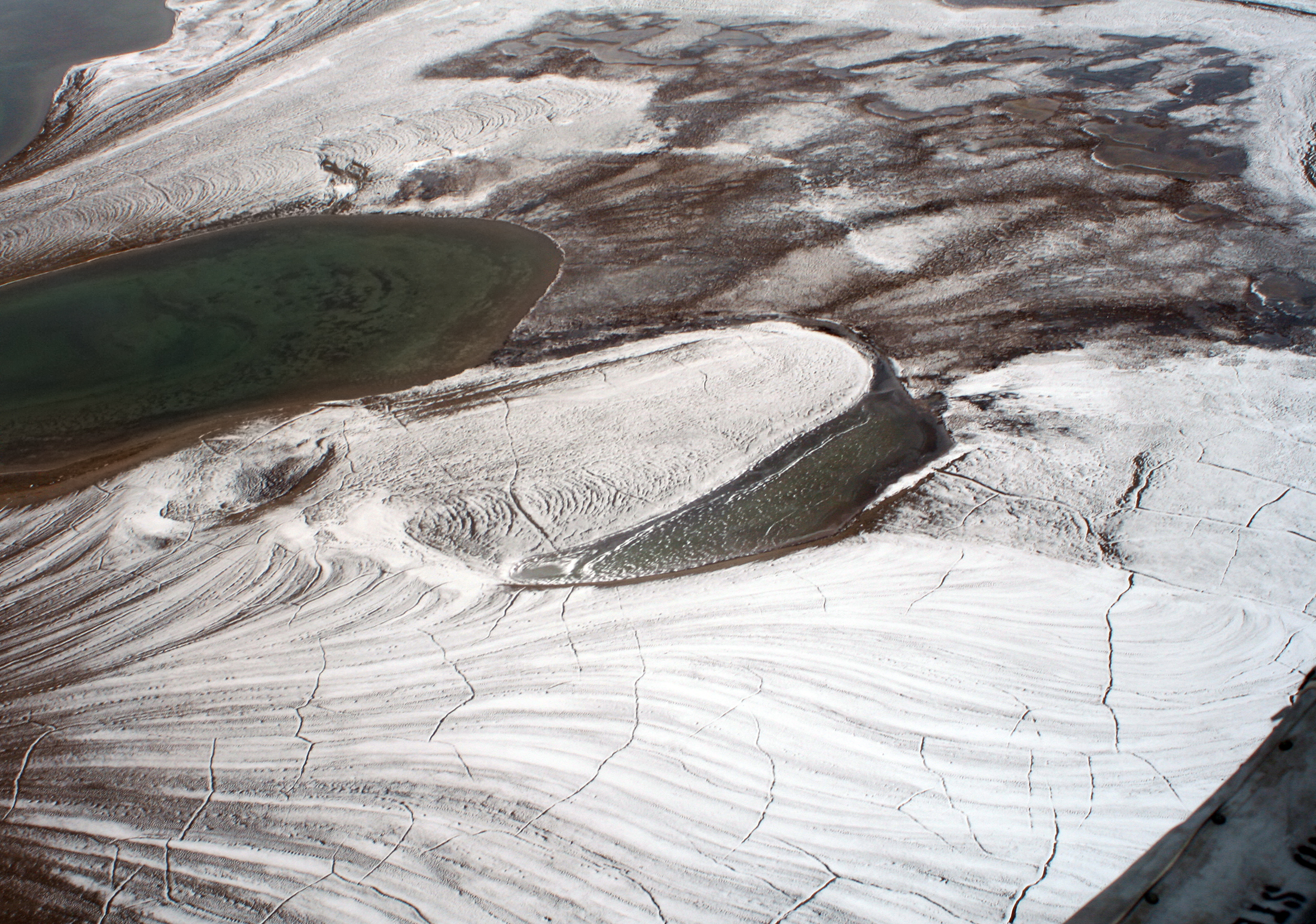The Obama Administration recently released a plan to cope with a warming Arctic.
Climate change has increased warming in that region at a striking rate, and it has extended the ice melting season by about two weeks per decade.
As a result, the Arctic–which was inaccessible to commercial shipping as recently as 2008–saw 71 vessels cross last year.
Speedy Arctic development, however, is an indisputably risky business.
The ThreatOver the past three decades, warmer temperatures have caused Arctic sea ice to lose half of its area and three quarters of its volume.
Even with a slight increase in ice this winter, the Arctic’s sea ice last December was still the fourth lowest on record.
In the summer of 2012 alone, sea ice shrunk by 350,000 square miles compared to the previous summer. That’s an area the size of Venezuela.
Permafrost, defined as frozen soil, sediment, or rock that has remained at or below zero degrees Celsius for at least two years, comprises about 25 percent of the land in the Northern Hemisphere.Along with record ice melt, all of the permafrost-monitoring sites in northern Alaska have experienced record high temperatures in the past few years.
According to estimates, the carbon dioxide and methane stored in the Northern Hemisphere’s permafrost is equivalent to more than double the carbon concentration currently in the atmosphere.
The Northern Hemisphere’s shallow (zero to three meters deep) permafrost is the part most susceptible to melting, and that part alone contains carbon dioxide and methane equivalent to more than 400 ppm of atmospheric carbon dioxide – or, the amount currently in the entire atmosphere. (That’s according to “Report from International Permafrost Association: Carbon Pools in Permafrost Regions” by Kuhry, Peter, Chien-Lu Ping, Edward A. G. Schuur, Charles Tarnocai, and Sergey Zimov.)

- Permafrost in the Arctic. Source: Wikimedia Commons
The Intergovernmental Panel on Climate Change (IPCC)–the world’s foremost authority on climate change–expects the Northern Hemisphere’s permafrost to melt 20 to 35 percent by 2050.
Quick math with very conservative assumptions tells us this: if not curtailed, carbon emissions from the Northern Hemisphere’s permafrost melting will bring the atmospheric carbon concentration beyond 450 ppm, the number the IPCC deems the threshold beyond which the world can expect extreme shifts in weather patterns, ecology, and geology.
While the lasting effect of permafrost thaw on atmospheric carbon concentrations is uncertain, it is safe to say that the scale of the risk is potentially enormous and expensive into the trillions of dollars.
According to Maplecroft’s 2013 Climate Change Vulnerability Index, 67 countries with an “estimated combined GDP of $44 trillion will come under increasing threat from the physical impacts of more frequent and extreme climate-related events.”
The World Bank (2010) estimates annual climate change adaptation costs for the years 2010 to 2050 to be $70 to $100 billion for the developing world alone.
Unmitigated permafrost melting promises to hasten temperature increases and greatly exacerbate these costs.
The Business InterestWhile methane from permafrost melt rises like a thick, invisible smoke stack, some members of the business world are focused on the economic potential of an increasingly iceless–and thus accessible–Arctic frontier.
The foremost reason for the Arctic’s economic promise is its massive oil and gas deposits.
According to Foreign Affairs:
The Arctic’s oil and gas fields account for 10.5 percent of global oil production and 25.5 percent of global gas production. And those numbers could jump soon. Initial estimates suggest that the Arctic may be home to an estimated 22 percent of the world’s undiscovered conventional oil and gas deposits, according to the U.S. Geological Survey.
Recent investments of many billions of dollars from oil giants–including Shell, ExxonMobil, ConocoPhillips, Statoil, Gazprom, and Rosneft–shows the excitement in the industry regarding the future revenues from these formerly ice-restricted resources.
An ice-free Arctic also creates shorter shipping routes.
For the first time ever, the Northern Sea Route, which passes through the Arctic to connect Europe to Eurasia, is open to commercial shipping, with over 70 vessels sailing through in 2013.
The Arctic also harbors valuable deposits of zinc, nickel, palladium, diamonds, platinum, cobalt, tungsten, uranium, and other minerals. And above ground, forestry, fishing, and many other industries promise to benefit from Arctic development.
A Dangerous CycleAs melting ice unlocks the Arctic, it threatens to push temperatures to tipping points. It also unleashes economic activity that may spark positive feedback loops, bringing more and more Arctic melting – and thus more carbon dioxide and methane released from permafrost.
Additionally, as a warming climate allows snow and ice to thaw, tundra species are being replaced with evergreen trees, which absorb more sunlight. (Snow is white, so it absords less of the sun’s heat than the darker evergreens.) That means that more tree cover will, counter-intuitively, further increase warming and thawing trends in the Arctic.
Other factors such as direct carbon loss through combustion and increasing fires could also further increase this cycle.
While the science regarding permafrost melt’s climate implications remains uncertain, the risk is so enormous that turning a blind eye while developing the Arctic frontier is tremendously irresponsible.
The ensuing hastening of permafrost’s melt could lead to global economic costs that drastically exceed the benefits from Arctic development.










2 Comments
May I discuss this on my twitter?
What a well thought out article. ty!